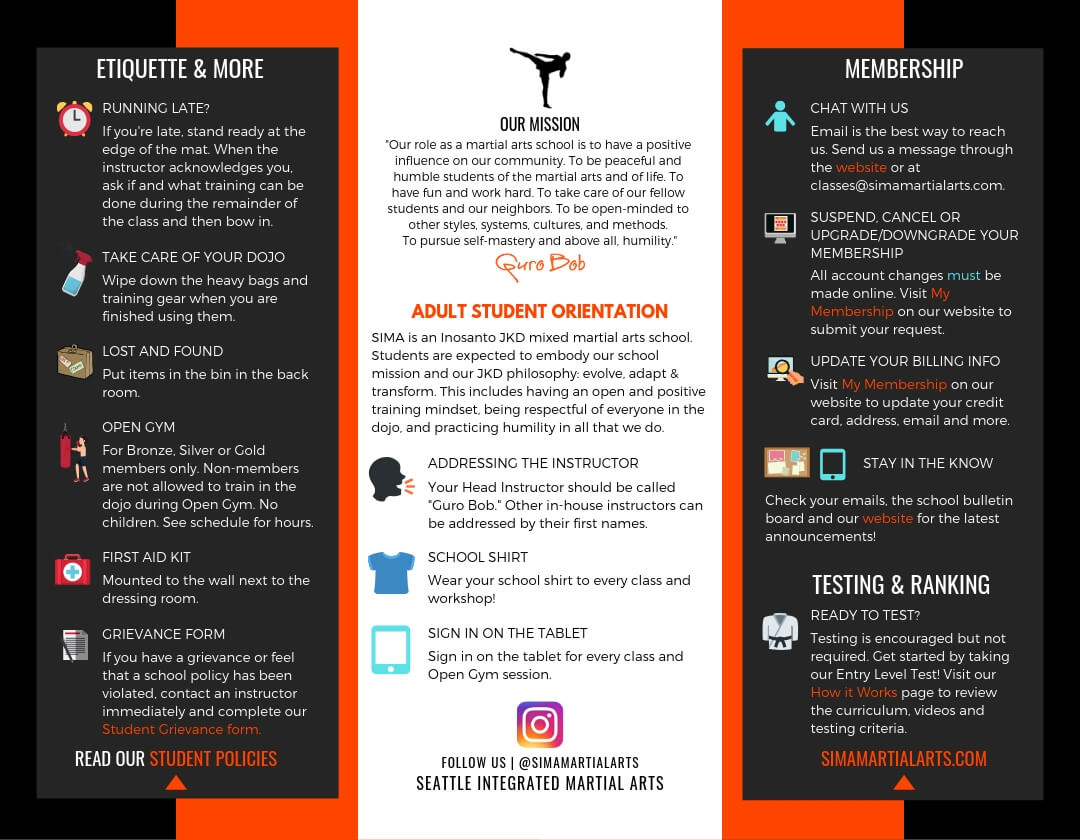Martial arts have a remarkable background that spans centuries and continents. you could check here might discover it fascinating exactly how old techniques like Shuai Jiao and Kalaripayattu prepared for modern fight strategies. These techniques not just emphasize physical abilities yet additionally show the societies that birthed them. As Click In this article discover their development, consider exactly how globalization has changed these conventional kinds right into crossbreed styles. What influences do you think have shaped today's martial arts landscape?
Ancient Martial arts: The Foundations of Fight
As you look into the world of ancient martial arts, you'll discover the abundant foundations that formed battle techniques throughout cultures. Early techniques focused on Self-Defense and survival, commonly incorporating strikes, hurting, and weapons.
In ancient China, as an example, techniques like Shuai Jiao highlighted throws and joint locks, while India's Kalaripayattu showcased agility and fluid activity. Japanese samurai developed Kenjutsu, a polished swordsmanship that highlighted self-control and approach.
These martial arts served not just for battle however also as a means of individual growth, instilling worths like respect and determination. The mixing of these methods gradually prepared for the diverse martial arts you see today, each reflecting the one-of-a-kind philosophies and requirements of its culture.
The Cultural Impact on Martial Arts Growth
While martial arts usually show the practical demands of a society, they also personify the social worths and beliefs of their origins. When you discover various martial arts, you'll discover exactly how they're affected by faith, approach, and social standards.
As an example, the focus on respect and technique in Japanese martial arts comes from Zen Buddhism and samurai culture. On the other hand, Brazilian Jiu-Jitsu promotes flexibility and strategy, formed by the demand for effectiveness in a varied, modern setting.
You might find that the routines, attires, and training techniques reflect a community's history and identity. By recognizing these cultural impacts, you deepen your appreciation of martial arts and their duty in shaping human experiences across the globe.
Modern Adaptations and the Globalization of Martial arts
Martial arts have transformed substantially in recent decades, adjusting to modern society and global impacts. You'll observe that standard types have combined with contemporary techniques, producing hybrid styles like mixed martial arts. These adjustments accommodate varied target markets, making martial arts accessible and enticing worldwide.
With the rise of social networks and digital systems, you can discover tutorials and competitors from all edges of the world, breaking geographical obstacles. This globalization has resulted in a common appreciation for various self-controls, from Brazilian Jiu-Jitsu to Taekwondo.
As you engage with these arts, you'll realize they're not almost fight; they advertise fitness, technique, and mental health.
Eventually, contemporary adjustments have enriched the martial arts landscape, making it a vibrant and developing technique.
Final thought
In exploring the history and evolution of martial arts, you discover a remarkable blend of techniques, societies, and approaches. From old techniques like Shuai Jiao and Kalaripayattu to the modern-day versatility seen in MMA, martial arts reflect mankind's pursuit for Self-Defense and personal growth. As you engage with these techniques, you not just gain abilities however likewise a much deeper appreciation for the varied customs that form our world today. So, proceed your journey and welcome the art of fight!
